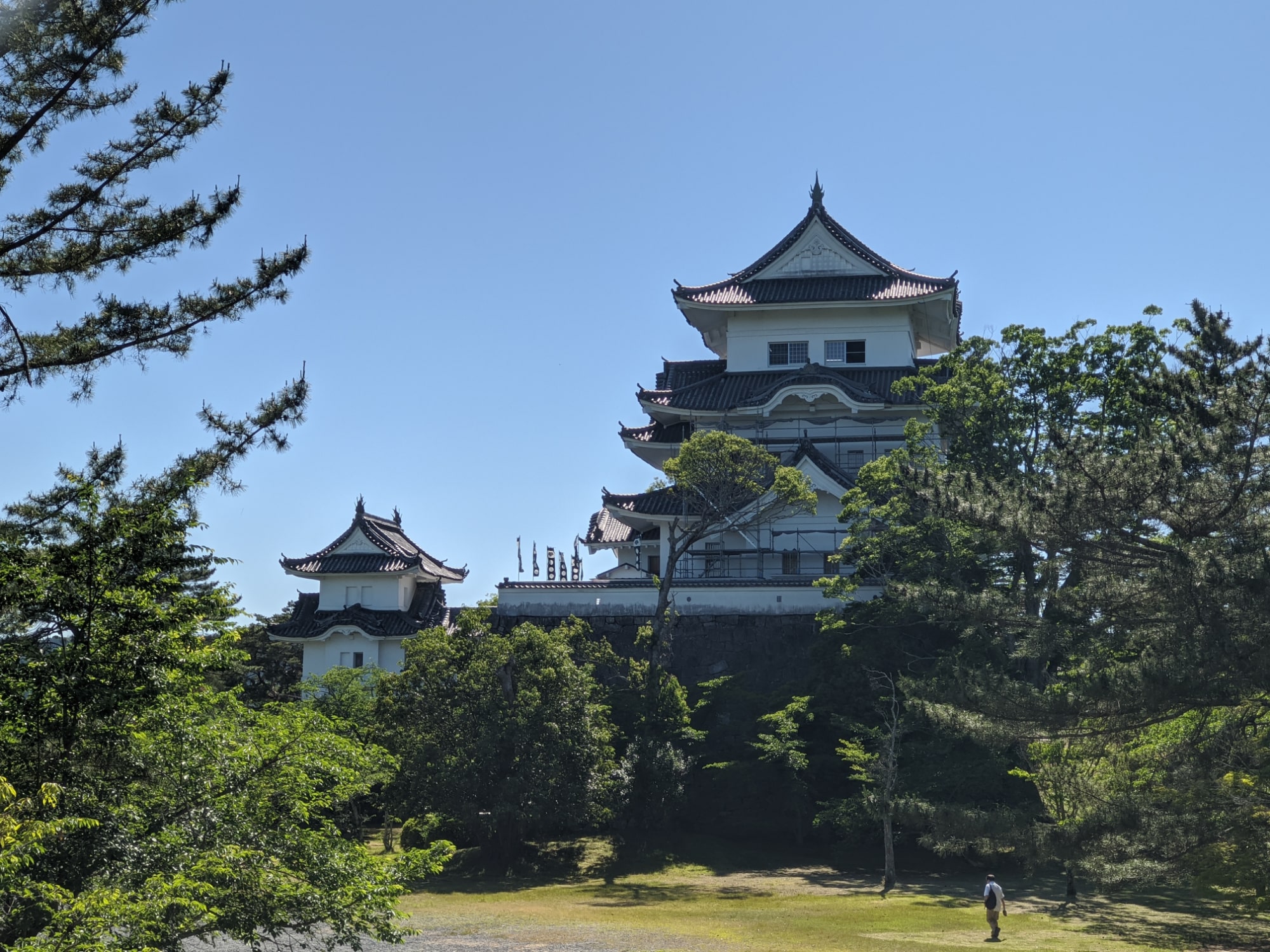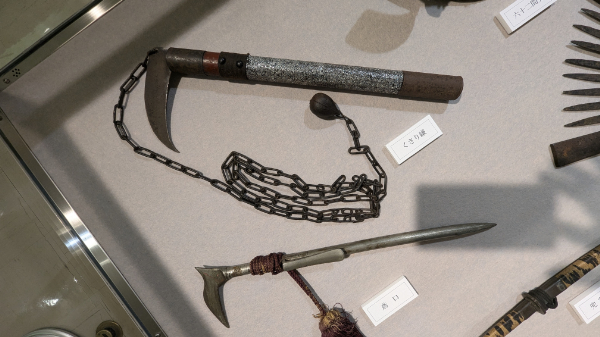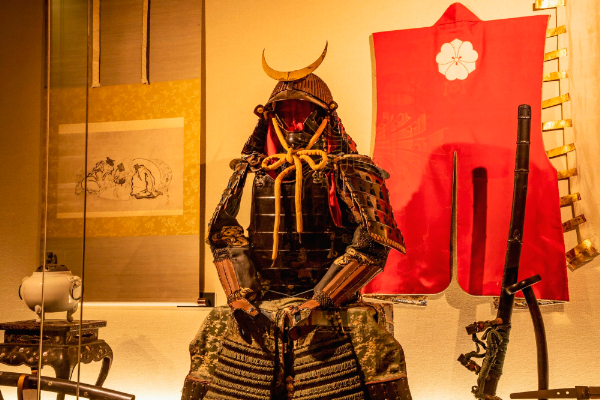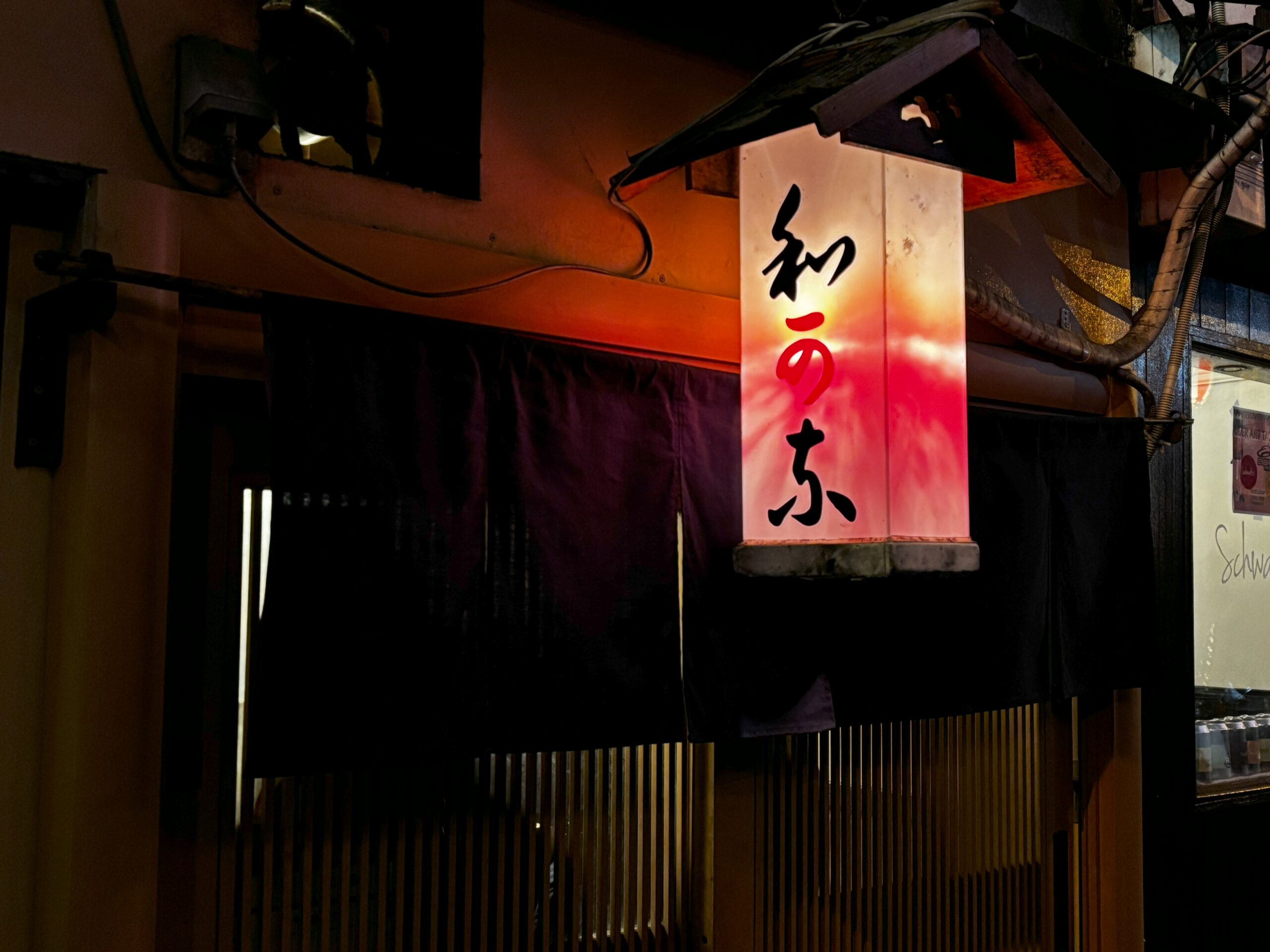Ninja Experience
Unlike samurai, historical records of ninjas are scarce. Their primary role was not assassination but espionage—gathering intelligence, relaying it to their lords, and sometimes spreading misinformation. With their exceptional physical abilities and knowledge of pharmacology, chemistry, and astronomy, ninjas carried out covert missions, making them the unsung heroes of history.


































